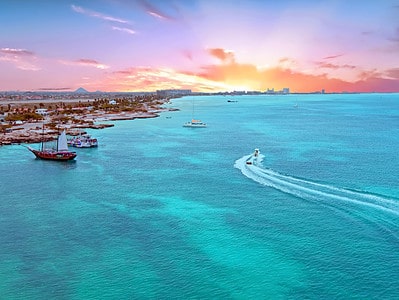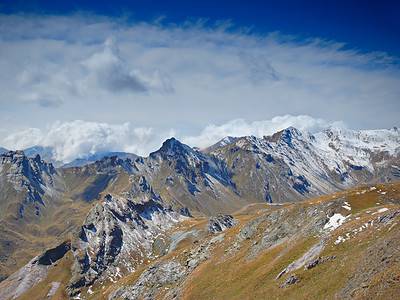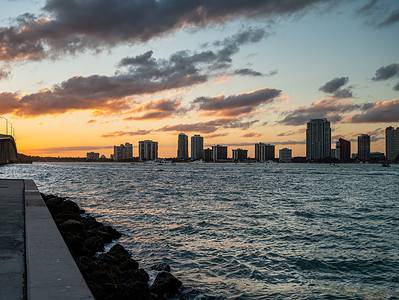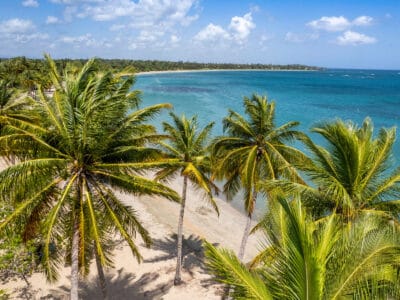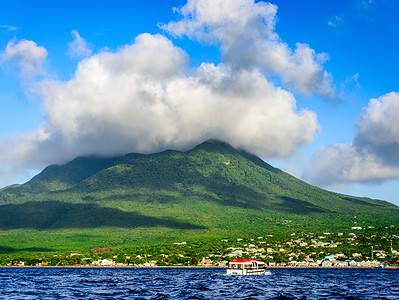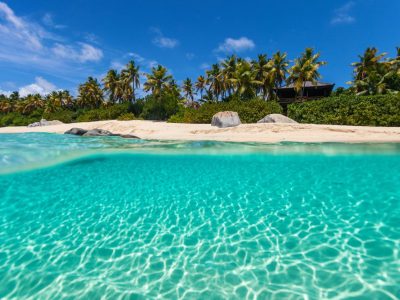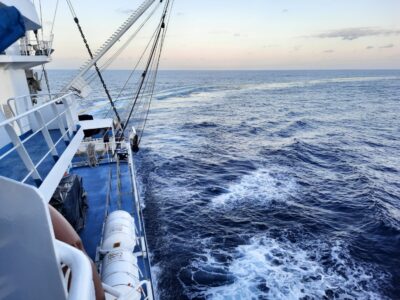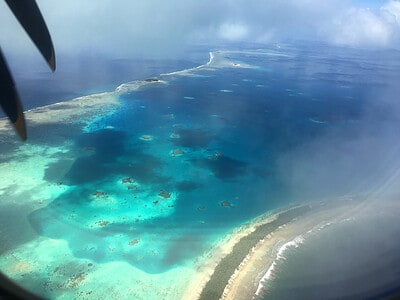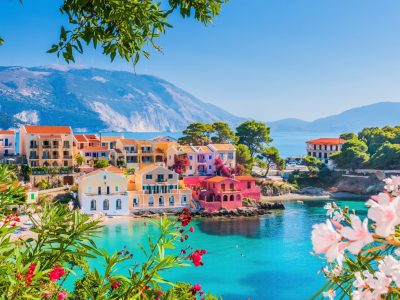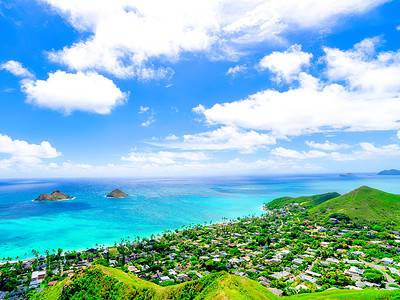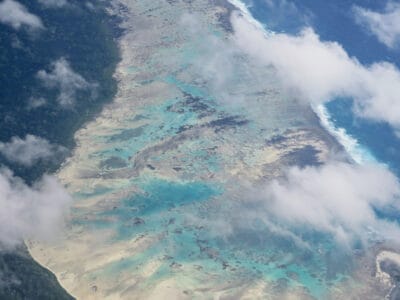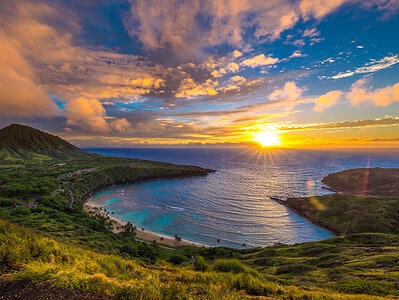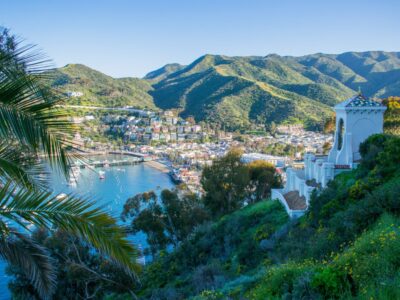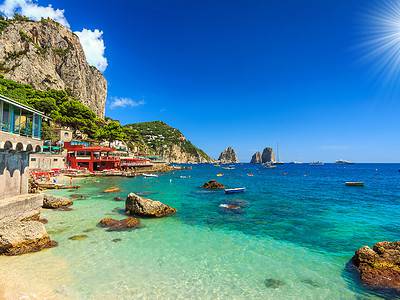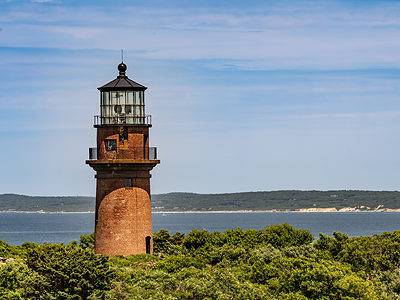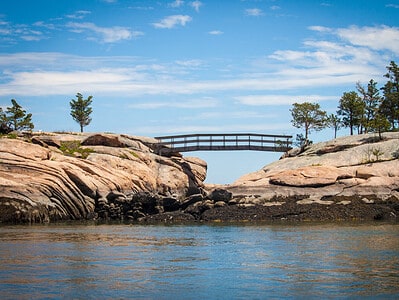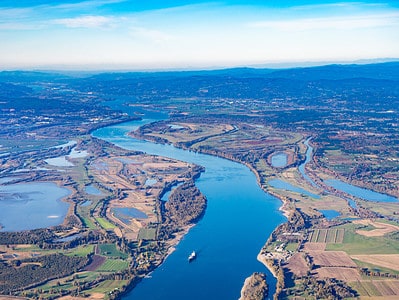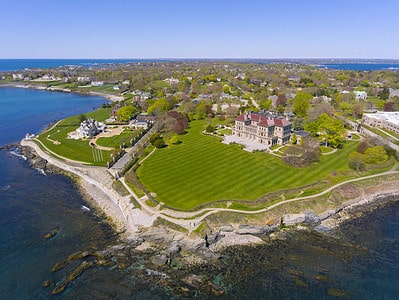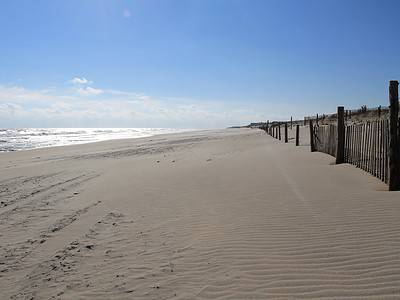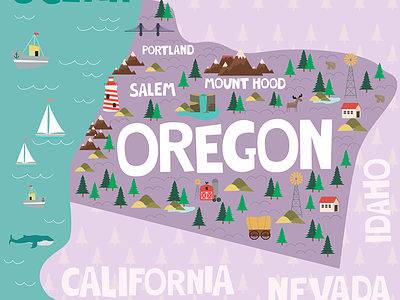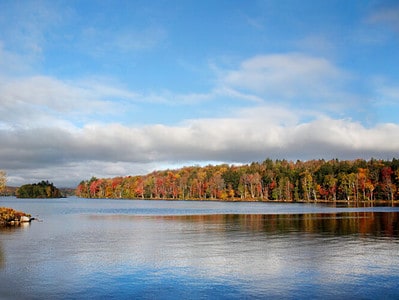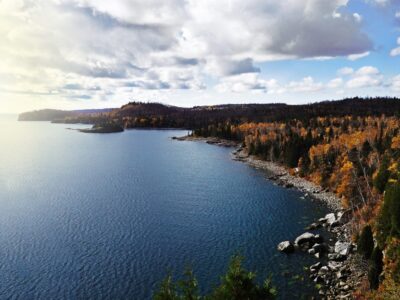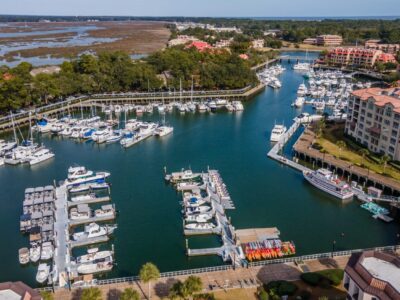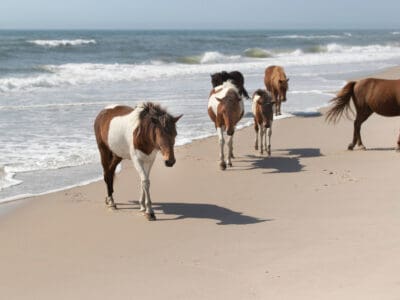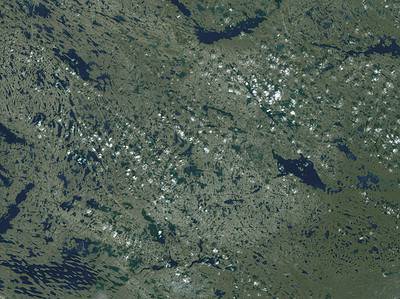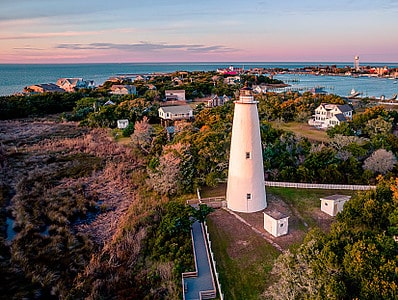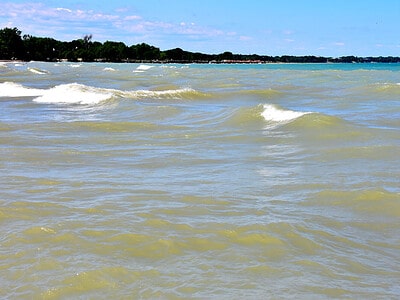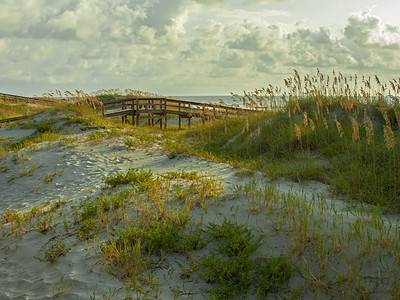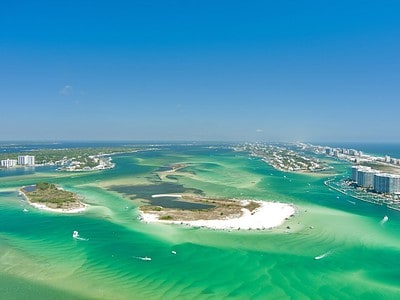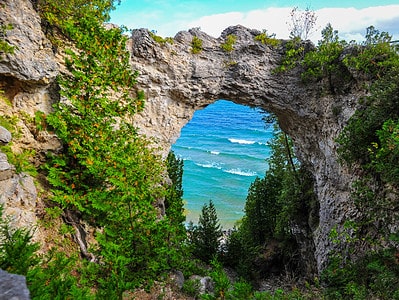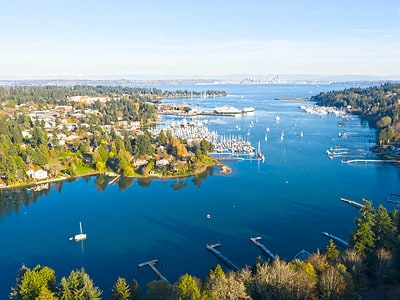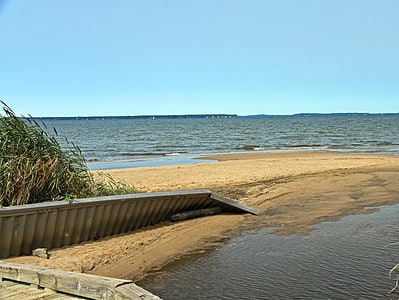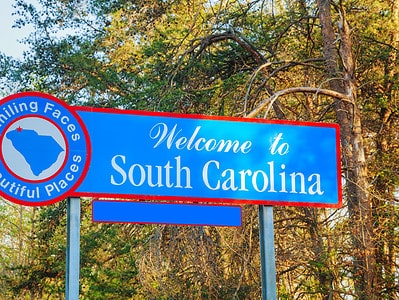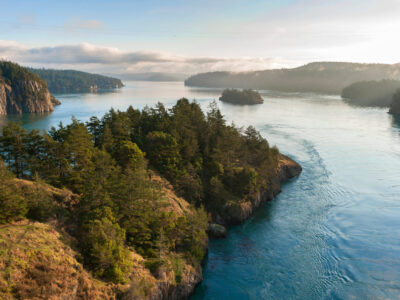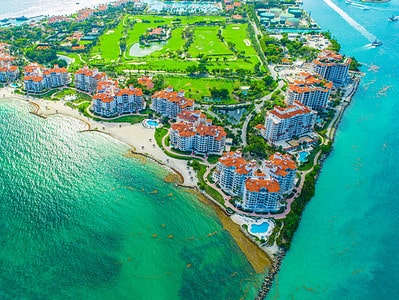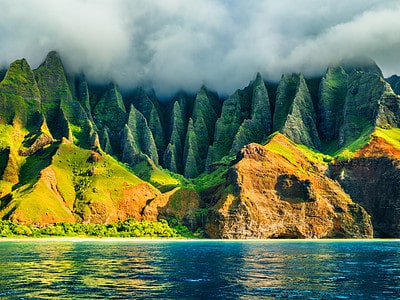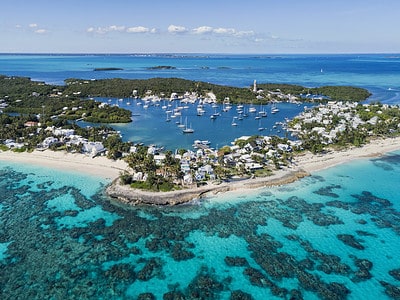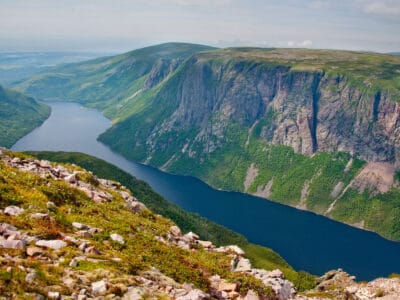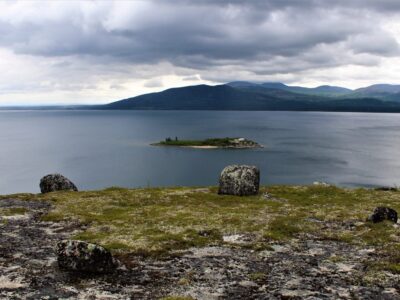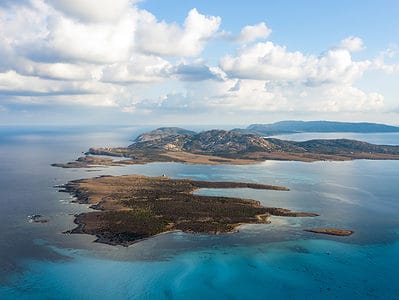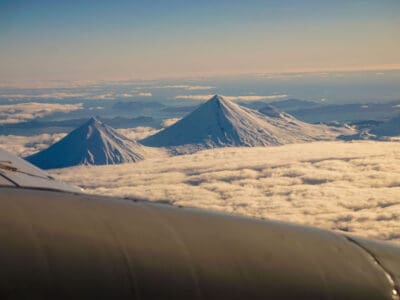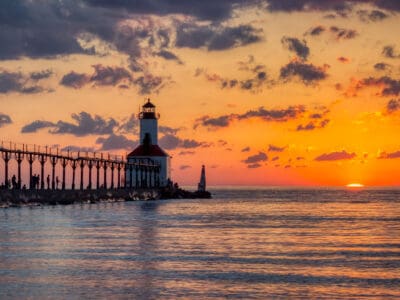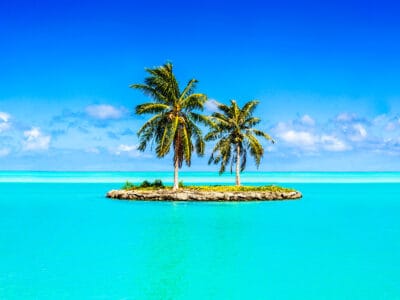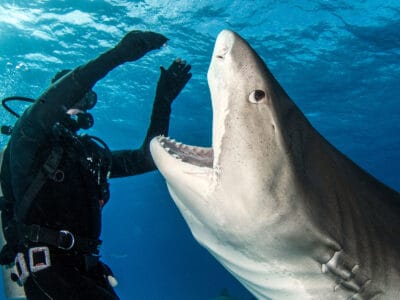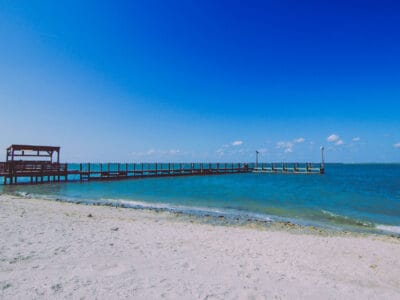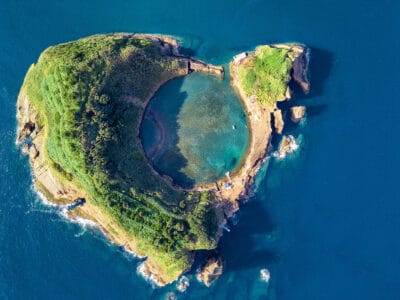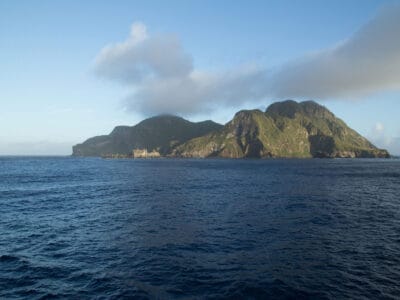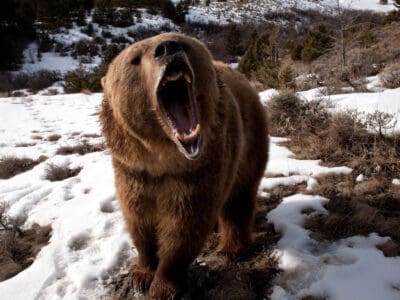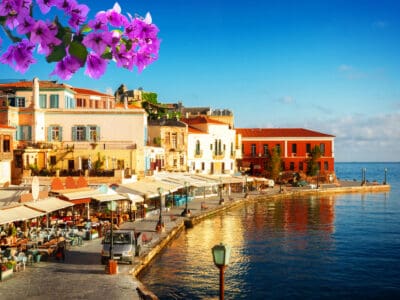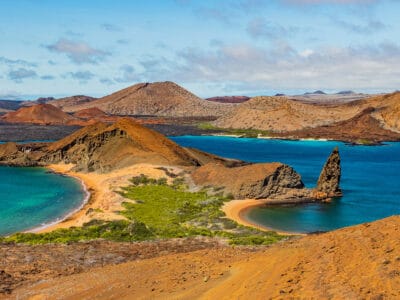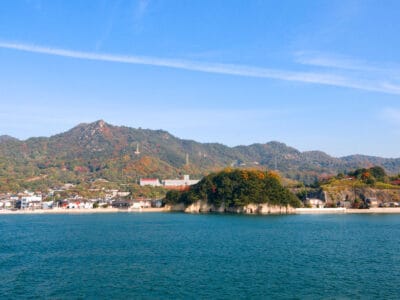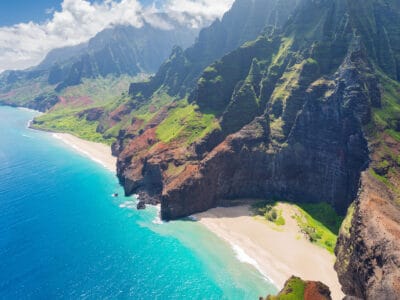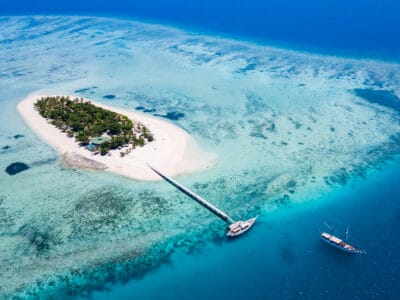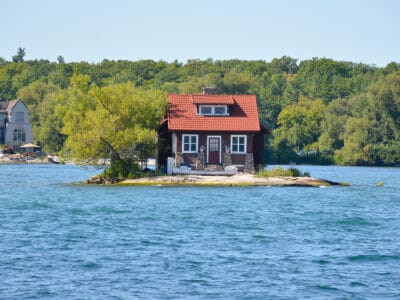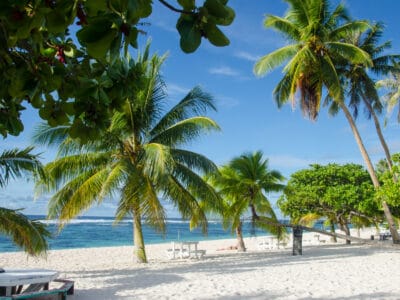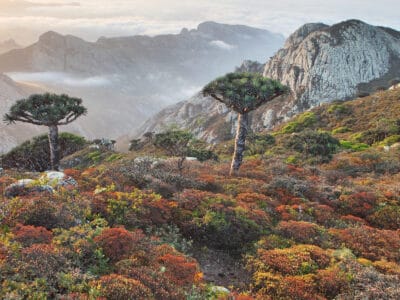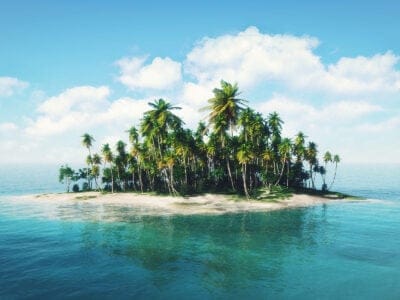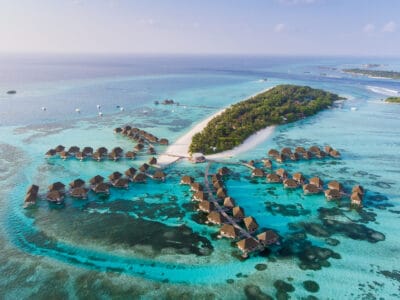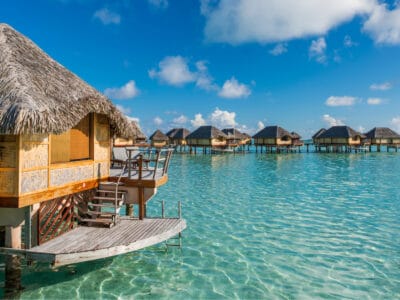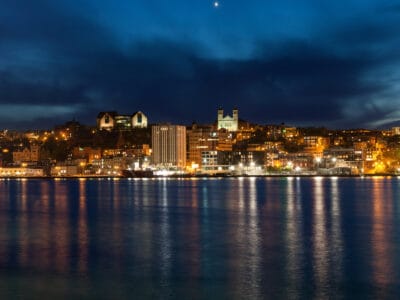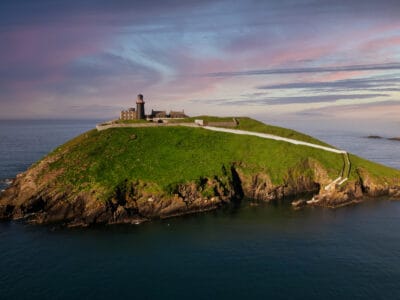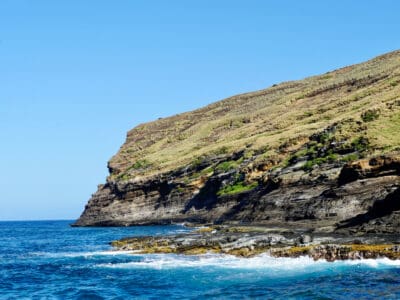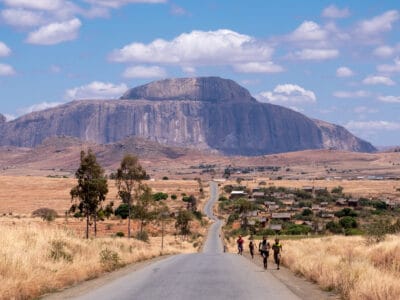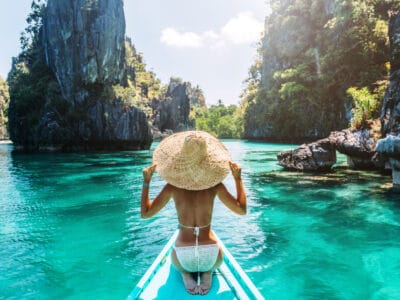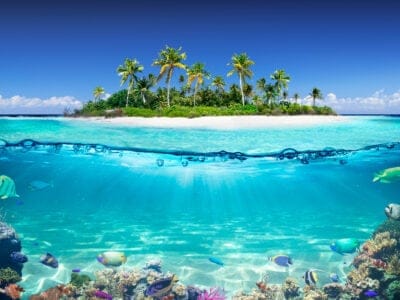An island is an isolated piece of land surrounded by water. It is smaller than a continent. Islands can be found in oceans, seas, rivers, and lakes. If more islands are geographically grouped or related, they all form an archipelago.
If an island is a piece of land surrounded by water, then continents must be islands too, right? Well, continents are not islands based on the fact that they’re huge. We can’t even compare their size to that of islands’. For example, Australia, the smallest continent on the planet, is three times bigger than the largest island in the world, Greenland.
To understand how islands appeared, we must first learn what types of islands exist because each type of island has formed differently. Islands are of 6 types: continental, tidal, oceanic, barrier, coral, and artificial islands.
Types of Islands
Continental islands
Islands called continental islands were sometime in the past connected to a continent. Here’s how the story goes. Research says that millions of years ago, the Earth hosted only one extra-large continent called Pangea. Because Earth’s crust moved, Pangea also suffered significant changes, as it was broken into pieces of land, eventually becoming continents and islands. Some continental islands are Greenland, Newfoundland, Sable Island, and Long Island off North America.
Tidal islands
Tidal islands have broken off from a continent but are still connected to the mainland through natural or artificial causeways. The most famous tidal island is Mont-Saint-Michel, located in Normandy, France. These islands have been historically used as places for religious worship. Many of them host fortresses because they’re rich in natural fortifications.
Oceanic islands
Oceanic islands are also called volcanic islands or high islands. They appeared as a consequence of a volcano eruption on the ocean floor. So how is it possible for lava to create a piece of land?
Volcanoes that are located under the oceanic water are called seamounts. When these seamounts erupt, they create thick layers of lava that are strong enough to get above the water, making space for the top of the volcano to surface. These volcano tops are called oceanic islands.
Besides oceanic islands appearing out of seamounts, oceanic islands also formed after continental shifts over a hotspot. A hotspot is an area located right under the Earth’s rocky outer layer. It is extremely hot and can eventually create volcanoes if the plates move above them. For example, Hawaii was formed over millions of years on a single hotspot. Loihi, its newest island, is still a seamount located approximately 3,000 feet beneath the Pacific over the hotspot.
Barrier islands
Barrier islands aim to protect the mainland from the water. They are narrow pieces of land that are situated parallel to coastlines. The space between the barrier island and the mainland is called a lagoon.
If barrier islands are part of the continental shelf and are made of gravel, silt, and sediment-sand, they are also continental islands. If they are made from coral exoskeletons, they are also called coral islands.
But how did they form, and how did they become so well-placed as to protect a continent? Some of them appeared after glaciers melted. Some glaciers were filled with soil, rock, and gravel, eventually forming barrier islands upon melting. An example of such a barrier island is Long Island.
Another thing that made the appearance of barrier islands possible was the sea level. When glaciers melted, the sea level rose and surrounded the sand dunes. This way, small islands formed. They are now referred to as barrier islands, and the Outer Banks is one of them.
Other barrier islands appeared due to ocean currents collecting sand on sandbars. Over time, as the ocean brought more sand, these sandbars got above the water and became islands.
Coral islands
Coral islands were created by corals. A coral is a marine invertebrate. Some coral species are “professional” reef builders that secrete the main ingredient that forms a hard skeleton: calcium carbonate. So these corals worked hard on building those reefs that grew bigger and bigger until they reached the surface of the water, thus forming coral islands. An example of coral islands is the islands of the Bahamas.
Artificial islands
Artificial islands are man-made or appear as a consequence of human action. For example, some artificial islands can be formed after a canal construction when a piece of land becomes unintentionally isolated. This is how Donauinsel island appeared. It is located in Vienna, Austria.
However, most modern artificial islands appear through land reclamation, also known as landfills.
The early artificial islands were represented by floating structures in still waters and megalithic and wooden structures in shallow waters.
5 Famous Islands Across the World
1. Galapagos Islands
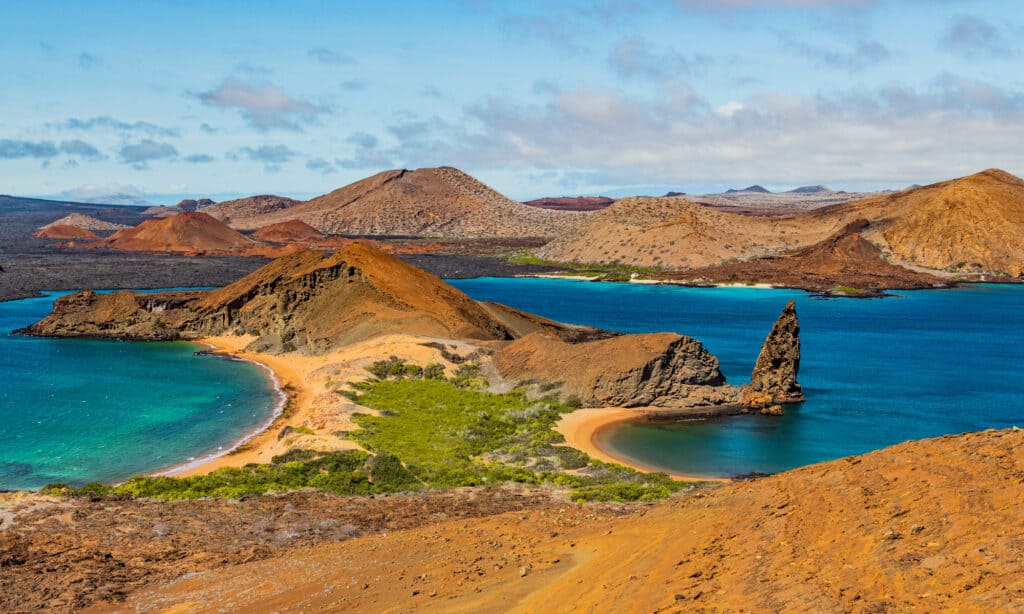
Galapagos Islands are a group of smaller islets and volcanic islands that possess a stunning ecosystem.
©Maridav/Shutterstock.com
This Island is undoubtedly at the top of the list for thousands of travel enthusiasts worldwide. Galapagos Islands are a group of smaller islets and volcanic islands that possess a stunning ecosystem; they obviously have absolutely incredible and must-see views! Moreover, any wildlife lover will want to return there at least once, as many species of animals, fish, plants, and birds live only in that area. The islands are home to the only penguin colony in the Northern Hemisphere!
2. Bali
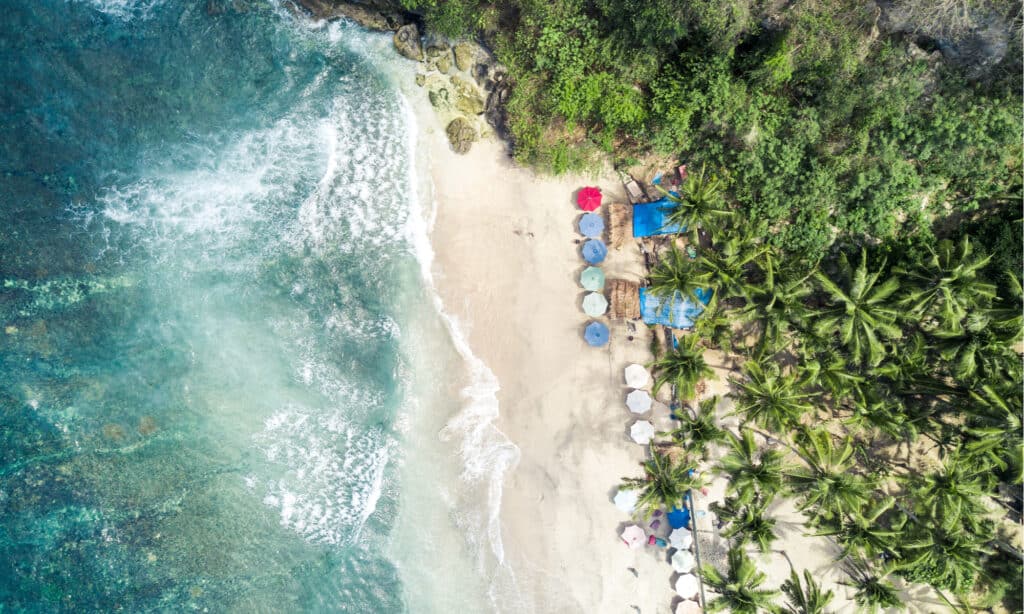
Besides being unique in its natural beauty with its coral reefs and black sand beaches, Bali is also a cultural gem.
©Fathur Mursyid/Shutterstock.com
Bali is one of the most popular destinations among those looking for an exotic yet chill place to spend their holiday. Besides being unique in its natural beauty with its rich fauna and flora, with its coral reefs and black sand beaches, Bali is also a cultural gem. Tourists visiting the island will learn everything there is to know about local music, dance, and traditions. Tourists say that the most beautiful spot in Bali is the central area of Tabanan, which is filled with spectacular natural treasures, such as butterfly parks or waterfalls. If you want to know more about Bali, check out this book, “Bali: A Paradise Created.”
3. Maldives
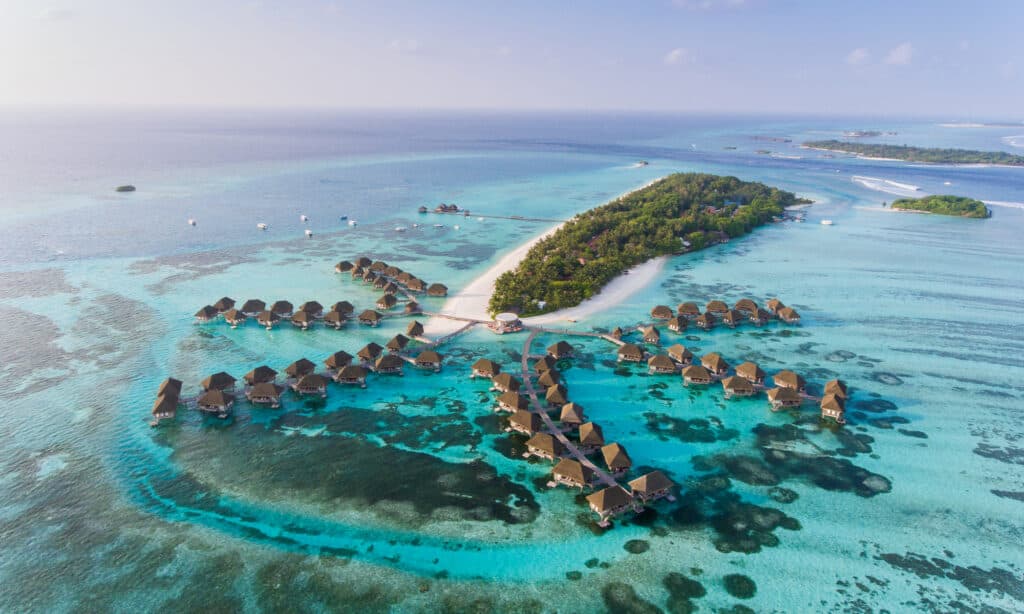
Maldives Island is a perfect destination all year round for tourists, as there are recreational activities for any taste and skill level
©Siraphob Werakijpanich/Shutterstock.com
Maldives archipelago is located in the Indian Ocean and contains more than 1,000 islands and 26 atolls. It is a true aquatic gem, hosting a multitude of coral reefs, sea turtles, whales, dolphins, and fishes! It has a tropical climate, and it is a perfect destination all year round for tourists, as there are recreational activities for any taste and skill level. The islands host numerous luxurious resorts, including The Nautilus Maldives. It is one of the most popular resorts in the world that features houses located over the water – visitors can live on the water!
4. Madeira
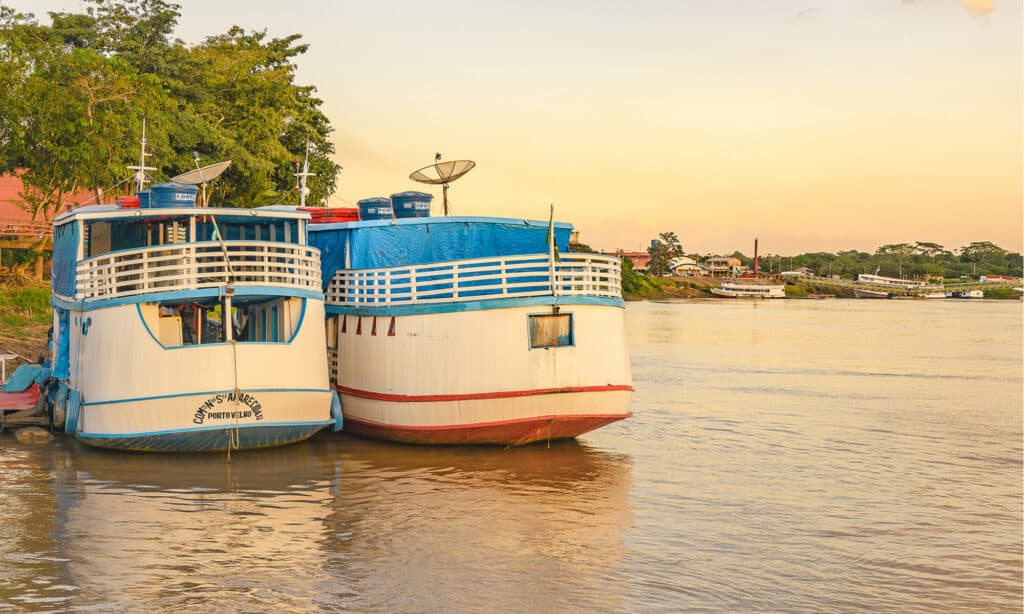
Madeira has been one of the most visited places worldwide, with approximately 1.5 million visitors a year.
©Vinicius Bacarin/Shutterstock.com
Madeira archipelago is located in the North Atlantic Ocean and is one of the two autonomous regions of Portugal. In recent years, Madeira has been one of the most visited places worldwide, with approximately 1.5 million visitors a year. It is famous for its excellent Portuguese gastronomy, the Madeira wine, and its stunning landscapes, as well as its areas rich in flora and fauna. Many visitors find it unique for its embroidery artisans, thus giving their trips a historical and cultural touch.
5. Palawan
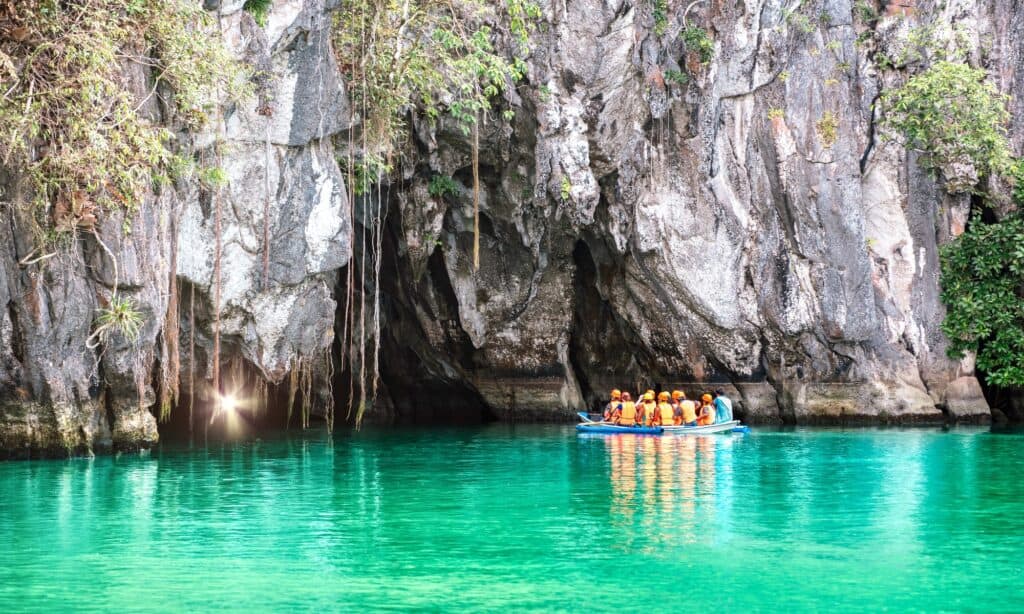
Palawan is an island located in the province of Palawan, Philippines.
©iStock.com/ViewApart
Palawan is an island located in the province of Palawan, Philippines. Since the island is not as exploited as other tourist islands, it is a fantastic destination for those looking for a serene and quiet holiday. It has jungles, mountain ranges, and forests rich in flora and fauna. One of the most beautiful rivers in the world, the Puerto Princesa Subterranean River, is undoubtedly why most travelers choose to visit Palawan Island. The Puerto Princesa Subterranean River National Park provides its visitors with a spectacular cave system, limestone karst landscapes, and unique wildlife.
10 Largest Islands in the World
| Rank | Island | Area (Square Miles) | Location | Population |
|---|---|---|---|---|
| 1 | Greenland | 822,700 | Province of Denmark | 56,732 |
| 2 | New Guinea | 303,381 | Indonesia and Papua New Guinea | 14,800,000 |
| 3 | Borneo | 288,869 | Indonesia, Malaysia, Brunei | 23,720,000 |
| 4 | Madagascar | 226,658 | Madagascar | 27,690,000 |
| 5 | Baffin Island | 195,928 | Canada | 13,148 |
| 6 | Sumatra | 171,068 | Indonesia | 55,557,000 |
| 7 | Honshu | 87,200 | Japan | 104,000,000 |
| 8 | Victoria Island | 82,897 | Canada | 2,162 |
| 9 | Great Britain | 80,823 | U.K. | 60,800,000 |
| 10 | Ellesmere Island | 75,767 | Canada | 191 |
5 Islands in North America
| Island | Area (square miles) | Location | Population | |
|---|---|---|---|---|
| 1 | Newfoundland | 42,030 | United States | 477,787 |
| 2 | Prince Edward Island | 2,190 | Canada | 154,331 |
| 3 | Oahu | 596.7 | United States | 1,016,508 |
| 4 | Puerto Rico | 3,515 | United States | 3,285,874 |
| 5 | Kiawah Island | 15.14 | United States | 1,626 |
5 Islands in South America
| Island | Area (square miles) | Location | Population | |
|---|---|---|---|---|
| 1 | Chiloe Island | 3,241 | Chile | 154,775 |
| 2 | Galapagos Islands | 3,040 | Ecuador | 25,000 |
| 3 | Ilha Grande | 75 | Brazil | ~5,000 |
| 4 | Easter Island | 63.2 | Chile | 7,750 |
| 5 | Isla Navarino | 955 | Chile | ~2,000 |
5 Islands in Europe
| Island | Area (square miles) | Location | Population | |
|---|---|---|---|---|
| 1 | Capri | 4 | Italy | 12,903 |
| 2 | Santorini | 35.02 | Greece | 15,550 |
| 3 | Majorca | 1,405.45 | Spain | 896,038 |
| 4 | Hvar | 114.82 | Croatia | 11,077 |
| 5 | Madeira | 309 | Portugal | 251,060 |
5 Islands in Asia
| Island | Area (square miles) | Location | Population | |
|---|---|---|---|---|
| 1 | Java | 50,156 | Indonesia | 147,795,436 |
| 2 | Sri Lanka | 25,330 | South Asia | 22,156,000 |
| 3 | Palawan | 4,706 | Philippines | 994,101 |
| 4 | Phi Phi Islands | 4.73 | Thailand | 2,500 |
| 5 | Koh Rong | 30 | Cambodia | 4,000 |
5 Islands in Australia
| Island | Area (square miles) | Location | Population | |
|---|---|---|---|---|
| 1 | Hamilton Island | 1.9 | Australia | 1,208 |
| 2 | Lord Howe Island | 5.62 | Australia | 382 |
| 3 | Kangaroo Island | 1,701 | Australia | 4,702 |
| 4 | Bruny Island | 140 | Australia | 600 |
| 5 | Magnetic Island | 20 | Australia | 2,107 |
5 Islands in Africa
| Island | Area (square miles) | Location | Population | |
|---|---|---|---|---|
| 1 | Unguja | 643 | Tanzania | 896,721 |
| 2 | Madagascar | 228,900 | Indian Ocean | 28,427,328 |
| 3 | Cape Verde Islands | 1,557 | Atlantic Ocean | 483,628 |
| 4 | Zanzibar Island | 643 | Tanzania | 896,721 |
| 5 | Principe | 55 | São Tomé and Príncipe | 8,420 |
5 Islands in Antarctica and in the sub-Antarctic
| Island | Area (square miles) | Location | Population | |
|---|---|---|---|---|
| 1 | Falkland Islands | 4,700 | United Kingdom | 3,398 |
| 2 | South Georgia Island | 1,507 | United Kingdom | Uninhabited |
| 3 | Elephant Island | 215 | Antarctica | Uninhabited |
| 4 | Paulet Island | 1.39 | Antarctica | Uninhabited |
| 5 | Snow Hill Island | 153.72 | Antarctica | Uninhabited |
Thank you for reading! Have some feedback for us? Contact the AZ Animals editorial team.



